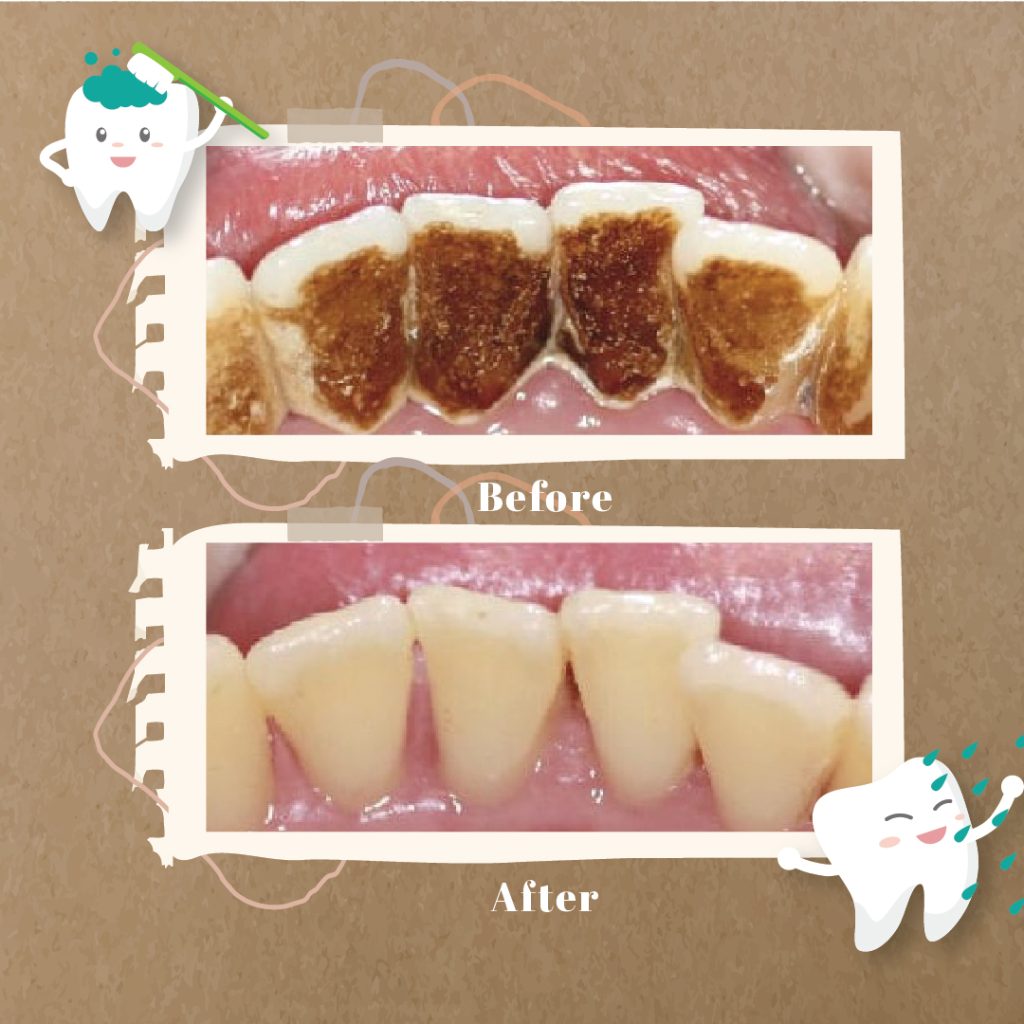Although timing varies widely, most babies lose their toothless grins about six months. The two bottom front teeth, the lower central incisors, are usually the first to appear.
The most common symptoms of teething may include:
– Drooling more than usual – drooling may start as early as three or four months of age, but is not always a sign of teething.
– Irritability
– Swollen or puffy gums
– Chewing on solid objects or constantly putting fingers or fists in the mouth
– Fussiness or crankiness
– Trouble sleeping
– Low-grade fever ( up to 100. 4 ̊F)
Teething does not cause colds, diarrhea, or high fever, but it can make a baby uncomfortable. If your baby becomes sick around the same me teeth are coming in, it is important to evaluate the symptoms of that illness independently from teething. The parents should consult a doctor for advice if your baby is sick.
Dental care in dentition
Even though baby teeth will only be around for a short me, these teeth are essential to baby gums and future permanent teeth. To make sure your baby’s new teeth get the best care, you should start cleaning her mouth even before her teeth come in. When your baby’s teeth begin to appear, switch to a small, so bristled toothbrush or the finger variety specifically meant for infants. There is no need to use toothpaste. Unless your child learns to spit – about the age two or three – water is all you need.
Besides, don’t allow your child to fall asleep with a bottle containing milk, fruit juice or other sweet liquids. Baby bottle tooth decay is a leading dental problem for children under three years of age. It is also me to think about regular dental check-ups. If you are still unsure, you can always consult with a professional dentist for kids. They are highly trained in paediatric dentistry to give you the best advice possible.





